Why lease an electric van?
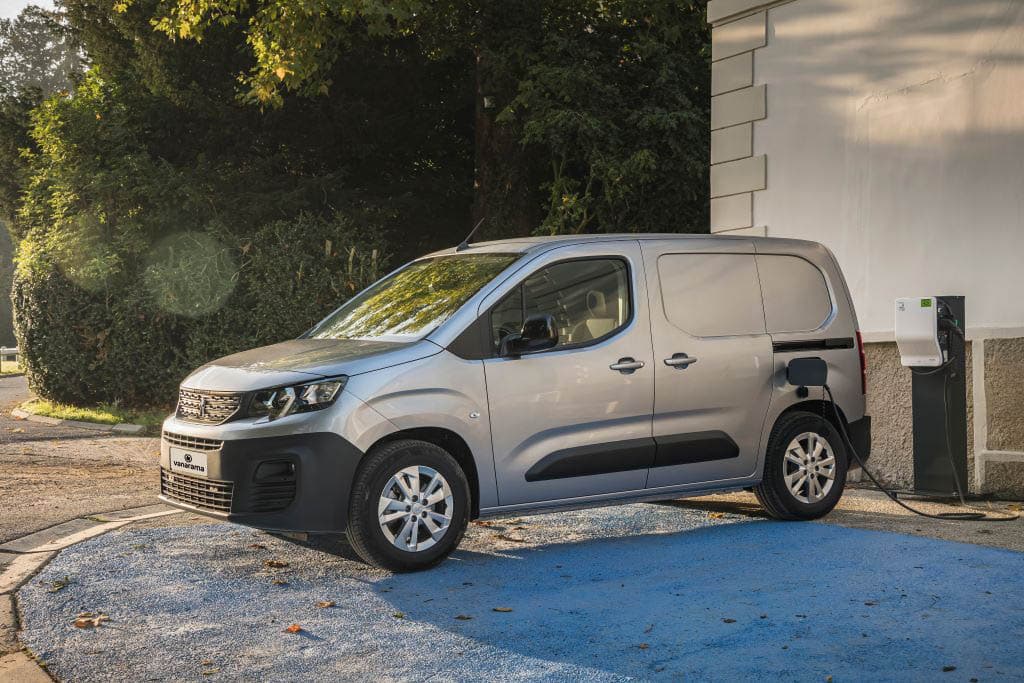
The choice of vehicles for a short term van lease is increasing. If you want to lease an electric van or are looking for a hybrid van lease, we’ve done the homework for you.
How does leasing work?
When you lease an electric or hybrid van you don’t actually own it. You enter an agreement for a set period (usually one to five years) and return the vehicle at the end of the period. So, the first question you need to ask is whether you want to lease or buy a van.
You’ll need to provide the usual details required for using a vehicle, like the appropriate driving licence. As a lease is a type of financial arrangement, a credit check on your business is likely.
The van dealer, your bank or accountant can probably talk you through how the lease process works in detail.
You also might want to think about an electric van lease grant. Government grants are available for a short term van lease.
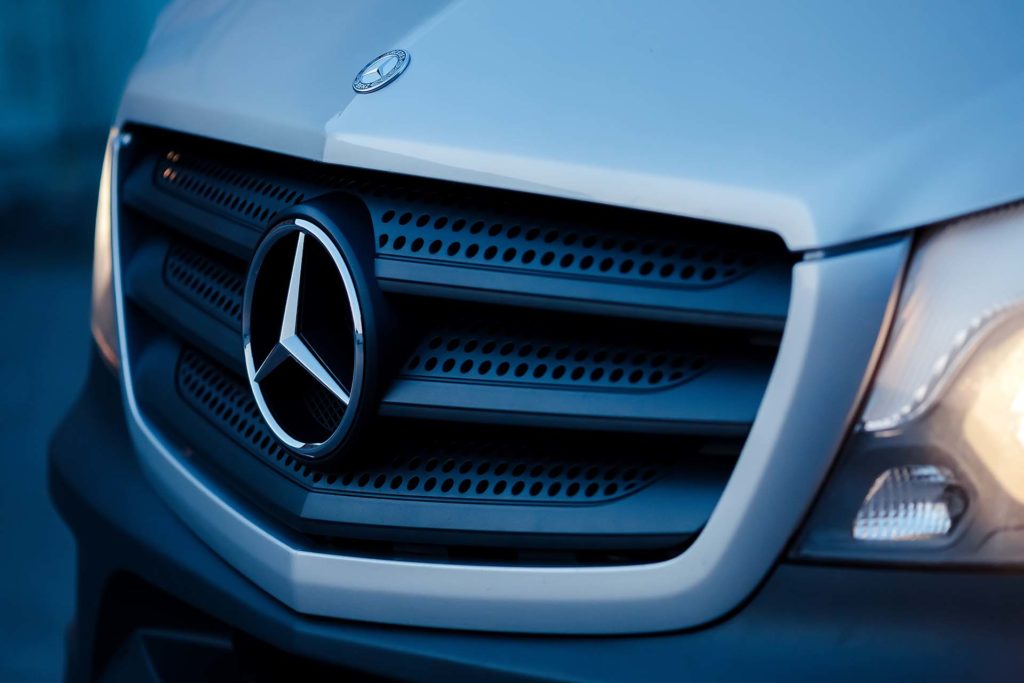
Impact of leasing on a trade business
You’ll need to think about various factors when deciding about a short term van lease and taking out an electric van lease.
Financial costs of leasing
You should be aware that unlike buying a van, with a lease you:
- Can’t depreciate the value of an electric van in your business accounts and tax returns
- Can’t treat a lease in the same way as capital expenditure in your business accounts
- Can include lease payments as part of your business expenses
- Can include vehicle repairs and maintenance as part of your business expenses
Save money on fuel
There’s an obvious fuel cost-saving benefit of driving electric, especially with the current prices for petrol and diesel. So, while an electric van might cost more than a traditional van, the running costs typically offset higher monthly rentals.
In some cases, leasing electric vehicles can save drivers money. This is because charging your van exclusively at home is typically 50-65% cheaper than fueling petrol or diesel vans.
For every £100 you’d normally spend on fuel, it equates to around £35-£50 in electricity. Even if you need to occasionally charge your van in public, where chargers are quicker but more expensive to use, you still wouldn’t pay anything near what you’d spend on fuel.
Fellow trades are getting money off their vans
Get 10% off the new eVito with a Checkatrade membership
Find out howNo road tax
Zero-emission vehicles are exempt from road tax. However, this saving is factored into the cost of your lease to keep the rental charges lower.
No city clean air zone charges
Fully electric vans are exempt from London’s £15 daily Congestion Charge and £12.50 daily Ultra Low Emission Zone charge. As more Clean Air Zones pop up in major cities, it won’t be long before vehicles emitting CO2 are charged to enter these highly populated urban areas.
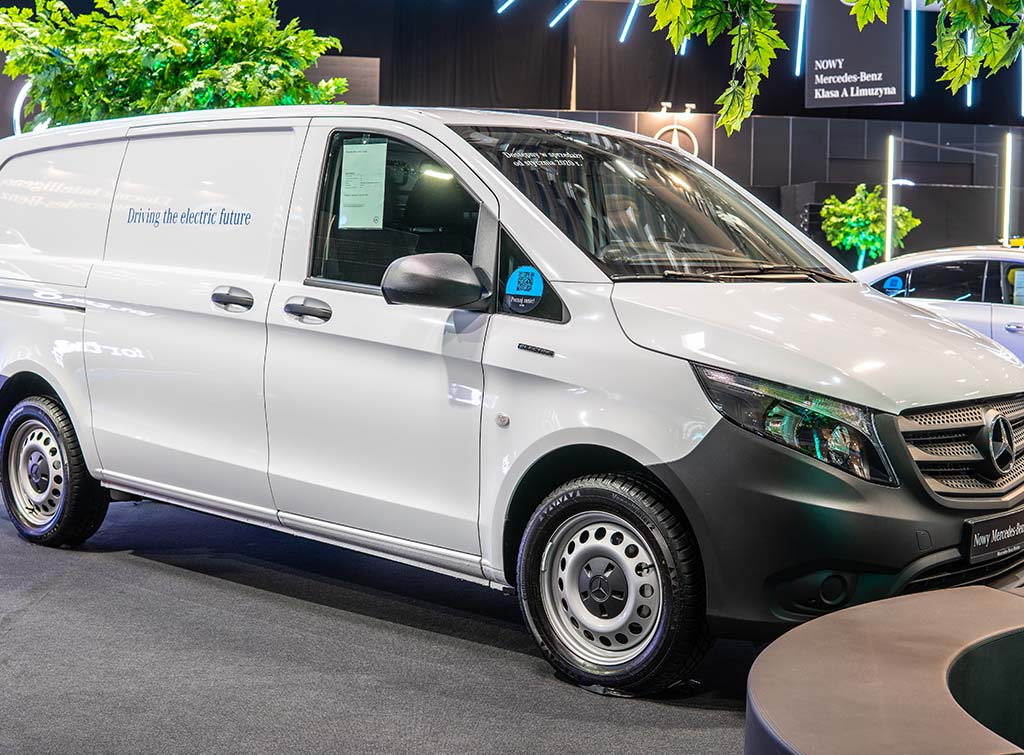
Electric and hybrid vans are better for the environment
Another key benefit to switching to an electric van is their lack of tailpipe emissions, which are present in conventional vans. This enhances the sustainability credentials of a company and contributes to cleaner air everywhere you travel.
If you’re thinking about a hybrid van lease you’ll also be benefiting the environment. They are often called hybrid light commercial vehicles and their engines work in the same way as hybrid cars. They have a petrol or diesel engine plus an electric motor.
Will an electric van lease work for your business?
A short term electric van lease offers lots of options to consider. A good place to start is by asking yourself if an electric van will fit with your business.
Fellow trades are getting money off their vans
Get 10% off the new eVito with a Checkatrade membership
Find out howHow far do you travel in a day?
If you travel less than 100 miles a day in your van, then an electric model will likely work for you. However, if you travel further than that, you’ll probably need to charge it up at some point during the day, which comprises your time.
Fully charged electric vans can’t travel as far as a full tank of petrol or diesel. However, if you’re not a high-mileage driver or you typically base yourself in a single location during the working day (within a 50-mile radius from home or workplace), then having an EV with tons of range becomes irrelevant because you don’t need it.
What type of journeys are you doing?
Working out the types of journeys you’re regularly taking is just as important as working out your mileage.
For example, if you mostly drive on motorways or A-roads, this will impact how far you can travel in an electric vehicle. As there are fewer opportunities to power the battery through regenerative braking, you’ll run out of power quicker.
On the contrary, if your regular journeys are in urban areas with lots of stop-start driving, an electric van fulfils its potential and lets you squeeze every last mile out of the battery through regenerative braking (if you need it, of course!).
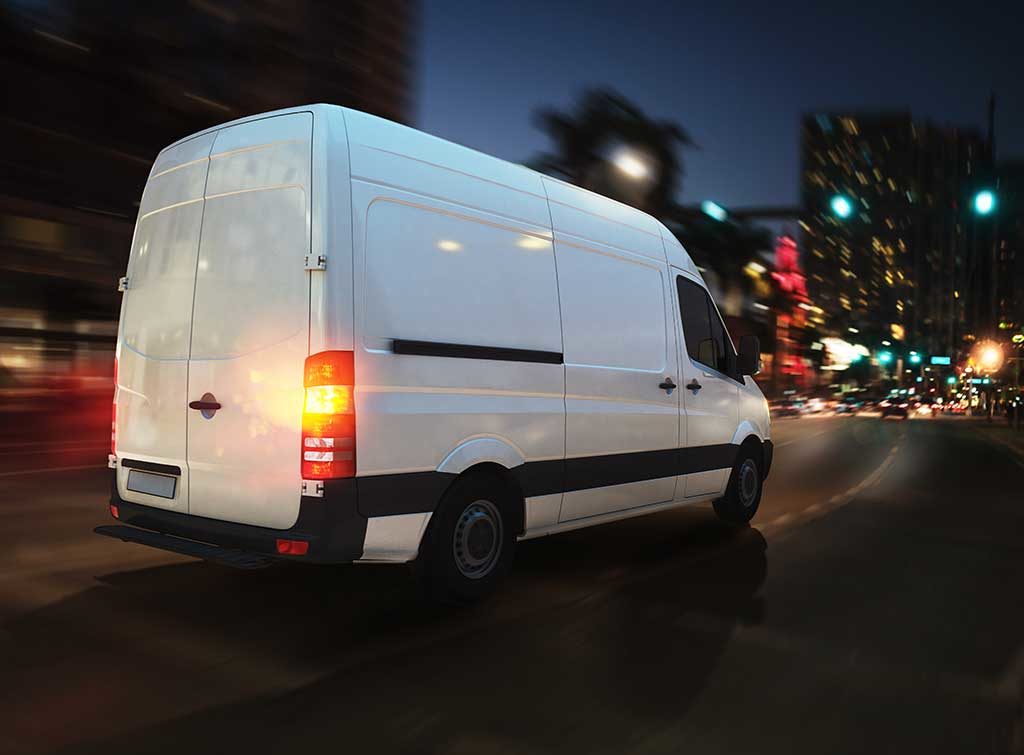
Where, when and how will you charge your electric van?
This is an important question. If you can access a driveway or garage at home, this could become your daily fuelling station. By installing a dedicated electric vehicle home charge point, you’ll start the day with a fully-charged battery, which is the equivalent of a full tank of fuel.
However, even if you can’t charge from your van from your home or workplace, it doesn’t automatically rule out an EV being viable for you and your business. There are thousands of public charge points across the UK.
A van like the Vauxhall Vivaro-e with a 50kWh battery can be recharged in an hour from a rapid charge point, which is the perfect amount of time for a lunch break!
What’s your typical payload?
Electric vans are fitted with large lithium-ion batteries, so they’re typically heavier than a traditional van.
The additional weight slightly reduces the payload capacity. However, it’s only worth considering if you need it. Most fully-electric vans can carry up to a 700-800kg payload, which is why it’s worth finding out how much you need in your regular work.
Fellow trades are getting money off their vans
Get 10% off the new eVito with a Checkatrade membership
Find out howWhat are the best electric van lease deals in 2024?
Here are some of the best electric van deals.
Small vans: Vauxhall Combo-E, Citroen E-Berlingo, Peugeot E-Partner & Toyota Proace City Electric. Best Range – 175 miles
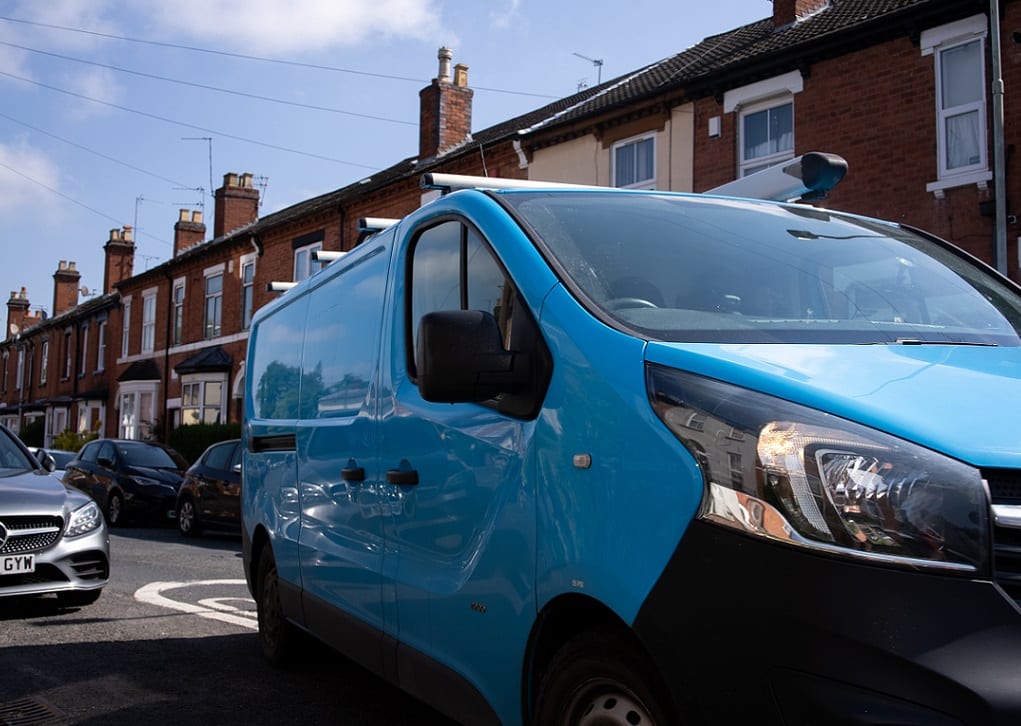
These vans benefit from an efficient electric powertrain and are some of the most popular light vans on the market.
The Stellantis brands and Toyota simply can’t manufacture enough of these little vans, which are technically identical, bar some brand-specific trim and spec differences (which really will influence the one you choose, so do check out what each one offers).
With payloads of up to 800kg and a towing capacity of up to 750kg (a rare thing on an electric van), these vehicles are top of the pile right now. Their charging performance is pretty good too. You can go from 0 to 80% in just 30 minutes using a 100kW public DC charger.
Alternatively, an overnight charge in your home 7.4kw wallbox will take just 7.5 hours.
Medium van: Mercedes-Benz eVito. Best Range – 162 miles
The eVito has improved from a previously underwhelming 93-mile range to around 160 miles in the second-generation model. This has been achieved by increasing the size of the battery pack from 41kWh to 66kWh.
When it comes to UK sales in the medium van sector, the Vito is always beaten by Ford and Volkswagen. However, as Ford doesn’t have a fully-electric Custom (yet) and VW’s ABT-e Transporter offers the same range as the 1st gen eVito (for now), Mercedes-Benz will likely take some of the market share with the new and improved eVito.
You can buy an eVito at a discount with Checkatrade membership.
Fellow trades are getting money off their vans
Get 10% off the new eVito with a Checkatrade membership
Find out howMedium vans: Toyota Proace Electric, Vauxhall Vivaro-E, Peugeot E-Expert & Citroen E-Dispatch. Best Range – 205 miles
These similar medium-sized vans from the Stellantis group and Toyota boast an exceptional range between charges. Also, with payloads of up to 1,226kg (depending on the model chosen), they can carry considerably more than some larger electric vans. The 136PS electric motor won’t see you struggling up those long motorway inclines either.
They also come with a choice of 2 battery packs – 50kWh and 75kWh – with fast DC charges to 80% in as little as 30 minutes. Depending on the brand you choose, there’s a long list of standard equipment on top of the various trim levels.
Key takeaways
- A short term van lease isn’t the same as buying an electric van as you don’t own the vehicle
- Before you lease an electric van, think about how far you travel, if you drive regularly in urban areas and the loads you need to carry
- Fully electric vans don’t usually have to pay Clean Air Zone charges that many cities are introducing
- There are lots of electric van lease deals available so shop around to find the best one for your business
Thought about joining Checkatrade?
Find out what all the fuss is about
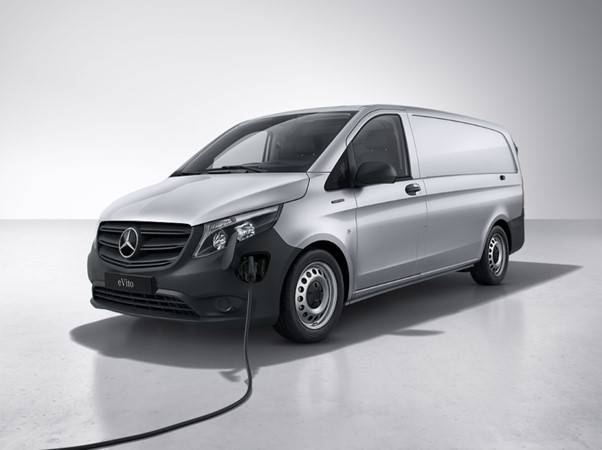



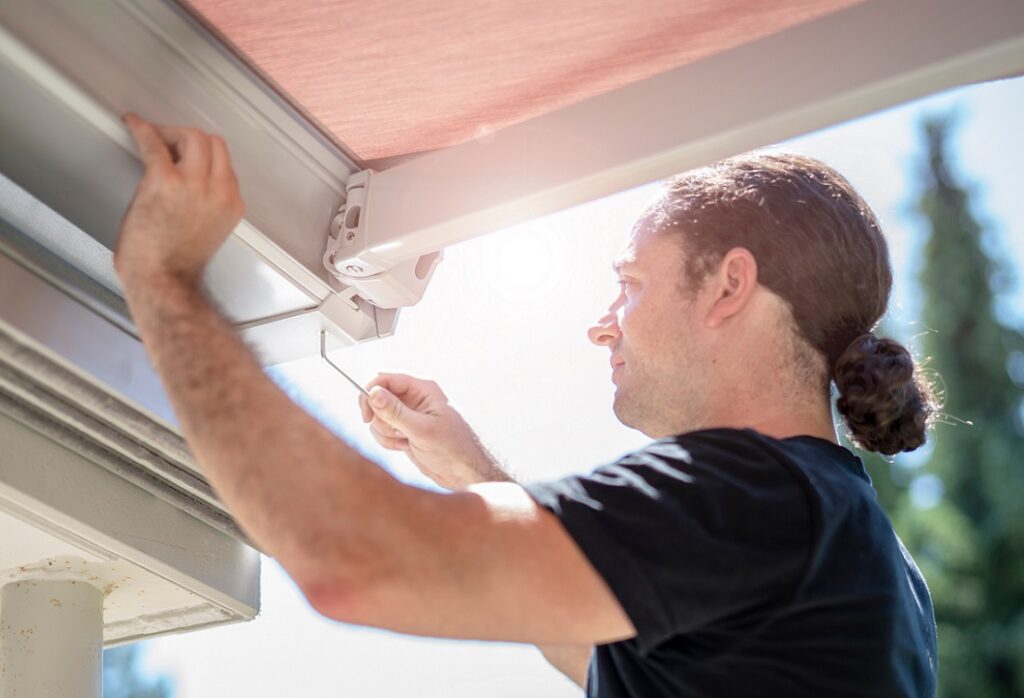
No comments yet!